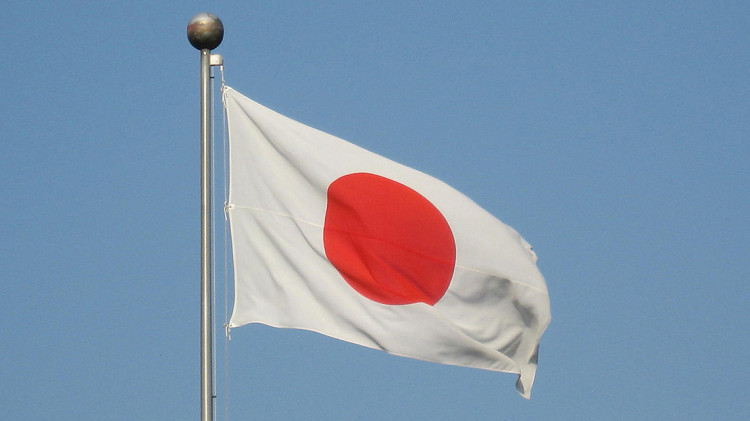The discharge of treated water from Japan's Fukushima Daiichi Nuclear Power Station (FDNPS) is progressing as planned and without any technical concerns, the Task Force set up by the International Atomic Energy Agency (IAEA) confirmed after its mission this week to review the safety of the discharge with reference to the international safety standards, two months after it began.
During the mission from 24 to 27 October, the Task Force – comprised of IAEA and international experts – reviewed the facilities and equipment installed at the FDNPS site for the purposes of discharging the ALPS (Advanced Liquid Processing System) treated water. The Task Force also engaged in technical discussions with Japan’s Tokyo Electric Power Company (TEPCO), the plant operator and staff at the site, and reviewed available data and operational experience regarding the first two discharges that occurred from August to October this year.
During the mission the Task Force also met with Japan’s Ministry of Economy, Trade and Industry (METI) and the Nuclear Regulation Authority (NRA).
The IAEA’s comprehensive report issued on July 4 this year found Japan’s plan for handling the treated water to be consistent with international safety standards and that the release as planned would have a negligible radiological impact to people and the environment. It was a culmination of two years of work by the IAEA Task Force, which includes external experts from 11 countries – Argentina, Australia, Canada, China, France, the Marshall Islands, the Republic of Korea, the Russian Federation, the United Kingdom, the United States and Viet Nam.
“The IAEA’s comprehensive report was a significant milestone regarding the phase prior to the release, but it is not the end of our work,” said Lydie Evrard, IAEA Deputy Director General and Head of the Department of Nuclear Safety and Security. “The IAEA is now focussing on ongoing and long-term activities to review Japan’s continued application of the relevant international safety standards. The IAEA safety review, including monitoring and corroboration activities, will continue to proceed in an independent, objective, science-based and transparent manner, during the discharge and after.”
The four day Task Force visit was preceded by IAEA experts and international scientific observers conducting the first extensive sampling of the marine environment near FDNPS since the start of the treated water discharges. These samples will be used to corroborate Japan’s environmental monitoring and to confirm Japan’s capability to determine any changes in the levels of radionuclides in the marine environment since the water discharges began on August 24. This sampling, independent analysis and data evaluation work is one aspect of the Agency’s safety review.
During its visit to the FDNPS, the Task Force performed a walkdown of the water discharge facilities. Accompanied by TEPCO staff, the Task Force observed the tanks holding the water prepared for discharge, the transfer pumps driving the water through the discharge system, the emergency isolation valves and the control room where the process is monitored 24/7 by TEPCO staff. The Task Force also examined the radiation monitors and flow rate detectors feeding live data to the IAEA’s dedicated real time monitoring page.
Gustavo Caruso, Chair of the Task Force, said the technical assessment this week focused on the interface between the IAEA’s safety review prior to the discharge and now during the discharge. “Our comprehensive approach allows the Task Force to make direct observations on site to link what is happening now that the water is being discharged against our conclusions from the comprehensive report,” said Caruso. “No issues were identified during our visit to the facilities this week and we will continue our review to assess whether the IAEA’s findings from our comprehensive report remain valid.”
Conducting regular Task Force review missions is one way in which the IAEA will continue its multiyear safety review. IAEA Director General Grossi agreed in July with Japan that the Agency will also continue its monitoring and assessment of the process, to continuously staff the IAEA Fukushima Daiichi NPS Office, perform ongoing review missions, corroborate Japan’s source and environmental monitoring programmes, and continue outreach and awareness activities.
The main outcomes from the Task Force’s mission this week will be summarized in a report to be made publicly available by the end of the year.
Separately this week, Tepco reported an operational incident that occurred at the FDNPS water treatment facility on October 25. The Agency’s Fukushima Daiichi NPS Office remains in contact with the Japanese counterparts at the plant, to review the consistency of the measures taken by the operator with regard to the international safety standards.


